Vickermann & Stoya
The luxury bespoke shoemaker
Vickermann & Stoya – The luxury bespoke shoemakers from Baden-Baden

»We go the extra mile to deliver perfectly fitting shoes.«

You started your professional life in a different industry. When and how did you decide to take a completely different path?
I finished training as a tax clerk at the age of 21 but knew immediately that it just wasn’t my job. Just crunching numbers all day and working in an office didn’t seem like the ultimate fulfilment to me (smiles). With my shoe size 50, it was always hard to get good shoes, so I decided to find my happiness in learning the shoemaking trade.
What did your friends and family say about your decision?
To be honest, I was almost laughed at because the image of the shoemaker was not too glamorous and interesting. But I told myself, should they think what they want, I’m going that path anyway. When people don’t believe in me, it always gives me a very special energy to convince them otherwise.
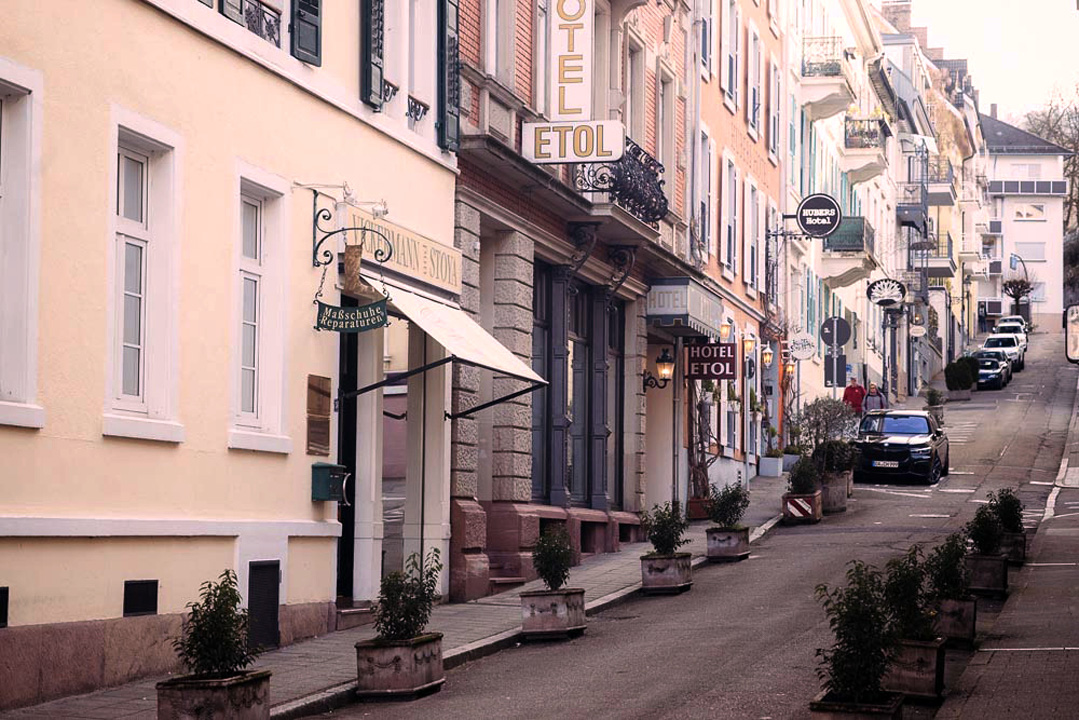

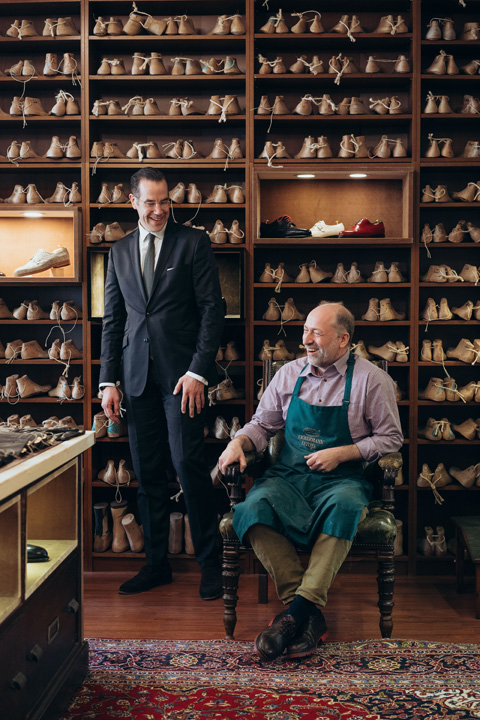
What were the first steps like?
A shoemaker in Baden-Baden gave me the chance to do an apprenticeship. Soon after that, the circumstances quickly led me into self-employment, which my colleague Martin Stoya then joined. 200 metres from our current manufactory, we took over a small shoemaker’s shop and started out. Just the two of us with 300 euros rent a month.
At first, of course, we just started with repair-services to get some day-by-day income, and in the first full business year, which was in 2005, we sold 17 pairs of shoes.
The first bespoke-customers came from the region and word of mouth started to increase, right?
Absolutely, that has steadily increased over the years and more and more customers have approached us with new orders. In each growth phase, we reinvested our income in our business in a very disciplined way and have been rewarded for it over the years. We then moved twice until we settled in our current manufactory in the Merkurstraße.
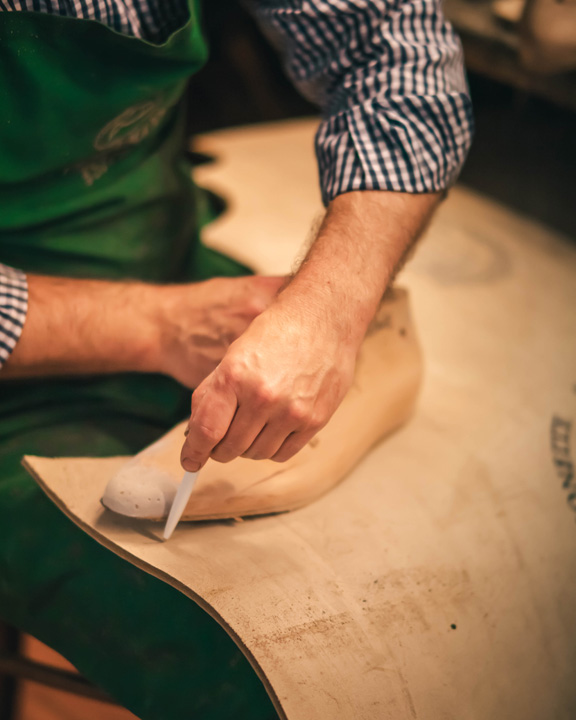

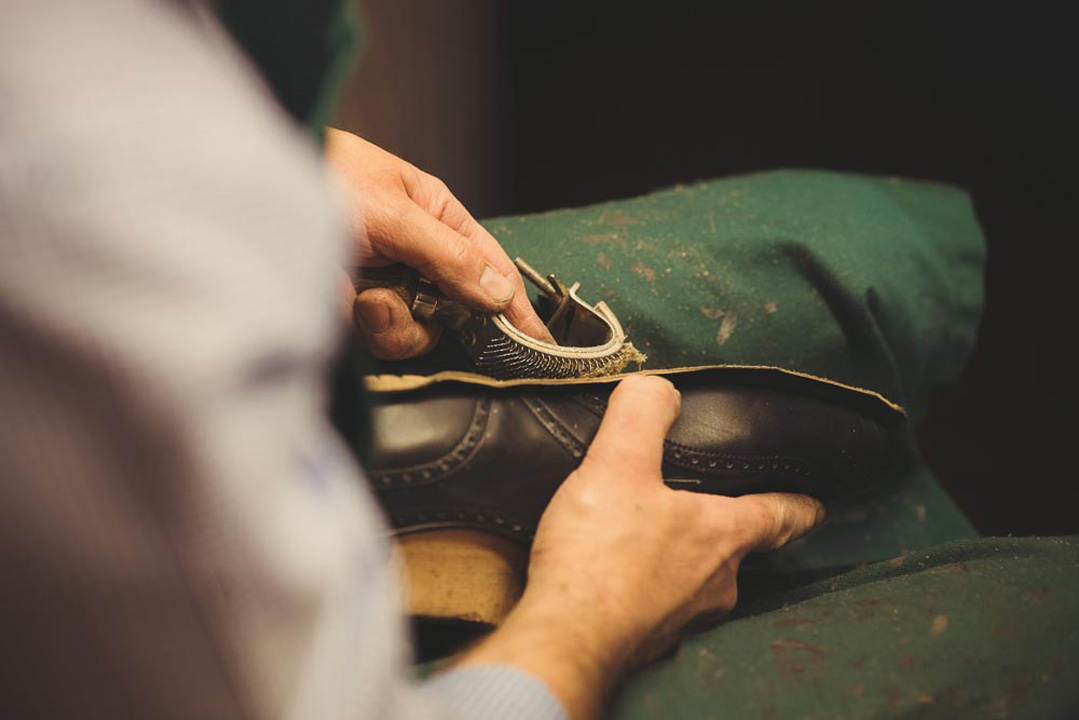
How many hours of handwork go into a custom-made shoe?
Including the production of the lasts and the trial shoes, it takes between 35 and 40 hours of manual work. Of course, it always depends on the model and how complex it is.
Which part in the process is the most demanding?
On the one hand, there is the upper construction. It’s a challenge to define the upper leather in such a way that it not only fits perfectly, but also convinces with elegant aesthetics. This is not easy to do, for example, in the case of hallux valgus, a deformity of the big toe, and requires clever, spatial thinking even in the initial construction. The other aspect is frame sewing, when the upper and the shoe are joined with the insole.
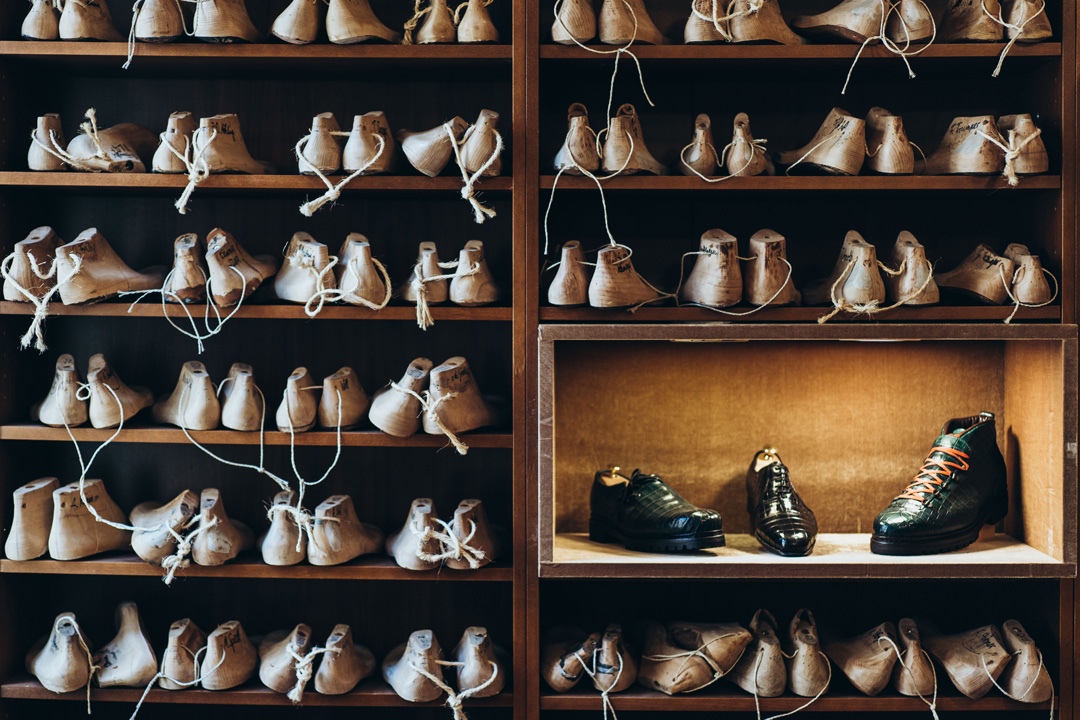
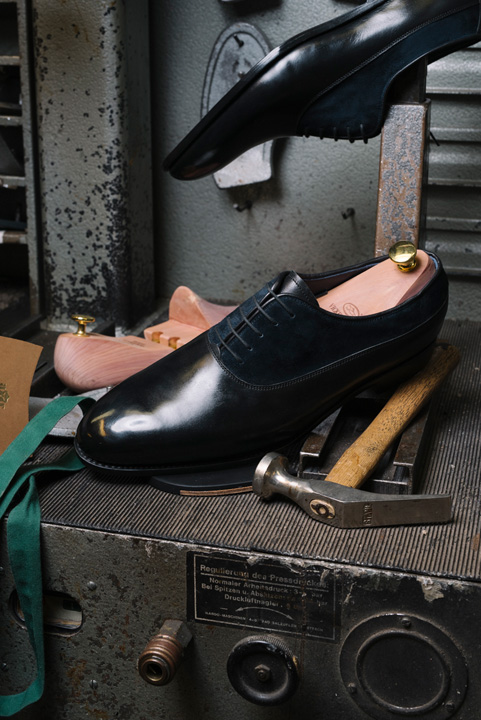
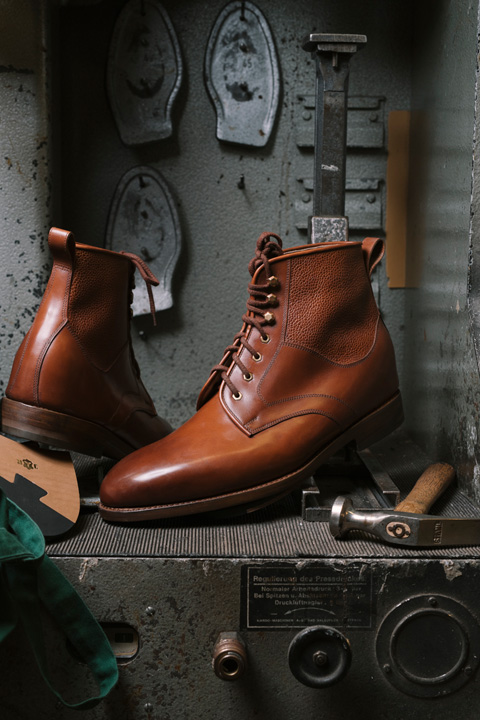
Before your customers finally receive their custom-made shoes at Vickermann & Stoya, you first send them a pair of trial shoes. Why is that necessary?
This is the extra mile that we consciously invest in order to be able to deliver perfectly fitting shoes later on. We don’t want to leave anything to chance here and want to be able to still take into account the insights gained from wearing the trial shoes.
You pointed out earlier on that it is especially important to you that all orthopedic requirements are met. Can you give us some examples?
It is most obvious in the construction of the last when a customer has a leg length difference, for example. In this case, we don’t just raise the heel, but correct it within the shoe. The footbed plays a particularly important role here and acts as a buffer zone. Over the years, we can correct this for our regular customers, because each foot loses fat and needs less volume with age. We can remove the slightly fixed footbed and layer it with one or two millimetres of cork to adjust the volume.
We can also compensate for a knock-kneed or bow-legged position by integrating a corresponding angle in the footbed. In the same way, we take care to relieve the metatarsal bone with our fabrication, that the foot does not slacken. It’s all about supporting and holding the foot. Many customers who have only worn sneakers before, have to get used to it again, but a stable shoe is much better than a soft one.
The softer the shoe, the greater the risk that the foot will slip more and more. Due to lack of sport and being overweight, many people now have poorly developed foot muscles and that is what we are trying to tackle. In the end, of course, the premise remains that we deliver aesthetic and elegant shoes that people like to wear.
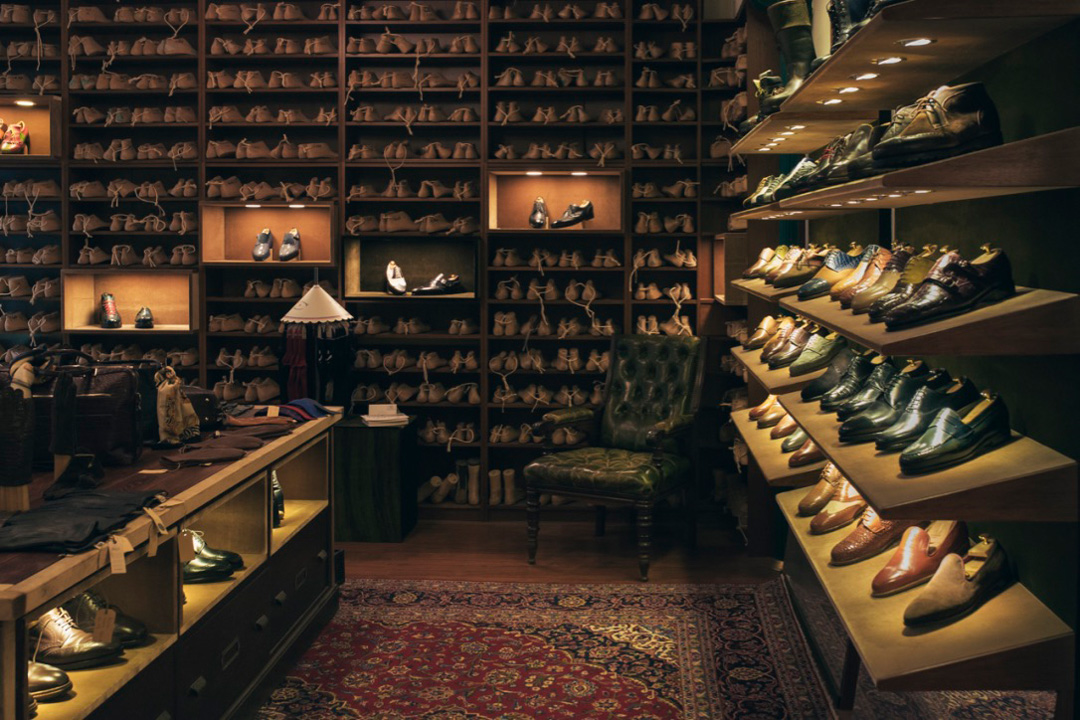
That’s why measuring the neuralgic foot points at the beginning is so important?
Exactly! The measuring sheet, which we use to take circumferential measurements with the tape measure at different points on the bone, maps out the crucial grids. Seen from the side, you can imagine it like a staircase. It’s all about to get this curve upwards in the best possible way, and this is where a sculptural element comes in, so to speak.
It’s important to remember that the last does not represent the foot, but the inside measurement of the shoe. Adjusting this difference between the foot measurement and the last measurement is ultimately a matter of experience that has to be acquired.
How many different pairs of shoes would you actually recommend to a man?
For the basic outfit, I would recommend five different pairs. For special occasions, of course the patent-leather shoes first, if you are wearing a dinner jacket.
A black Oxford Captoe, which is perfect for all other formal occasions. A Derby Brogue is always a good choice if you want to wear a shoe with jeans or corduroy trousers, and loafers are of course a good choice for the summer. Be it a classic penny loafer or a tassel loafer, whatever your taste.
From autumn onwards, it’s all about a chic men’s ankle boot, for example a Derby Full-Brogue as a boot variant with light rubber soles. You’re always well dressed in these.
How many shoes do you own?
I own about 20 pairs, but I consistently wear about a third of them.
Do you have a favourite shoe?
My Oxford Full-Brogue in dark brown suede, which I’ve had for more than 15 years. They have just been repaired again and I still enjoy them today!
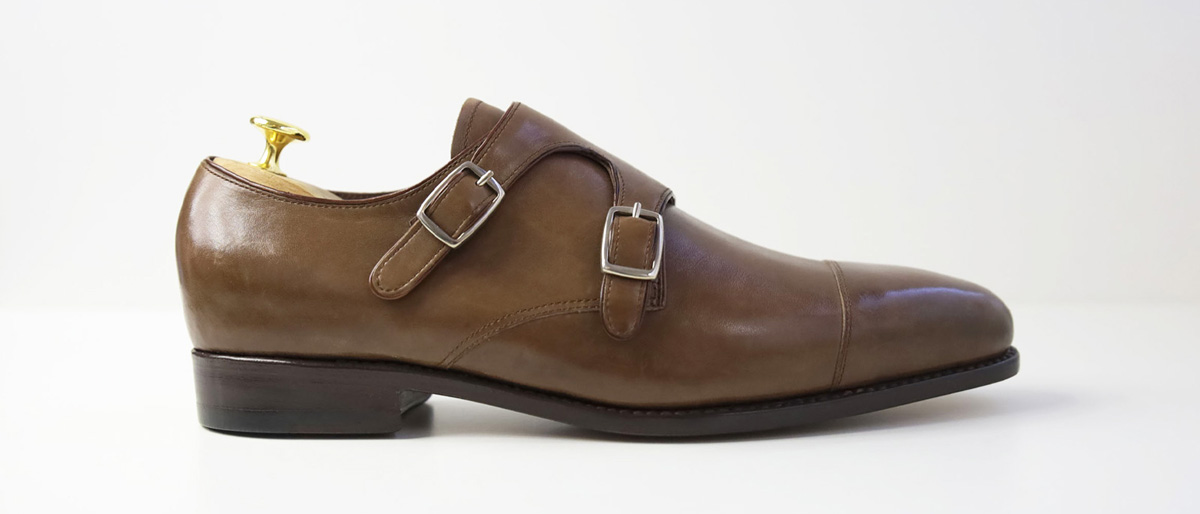

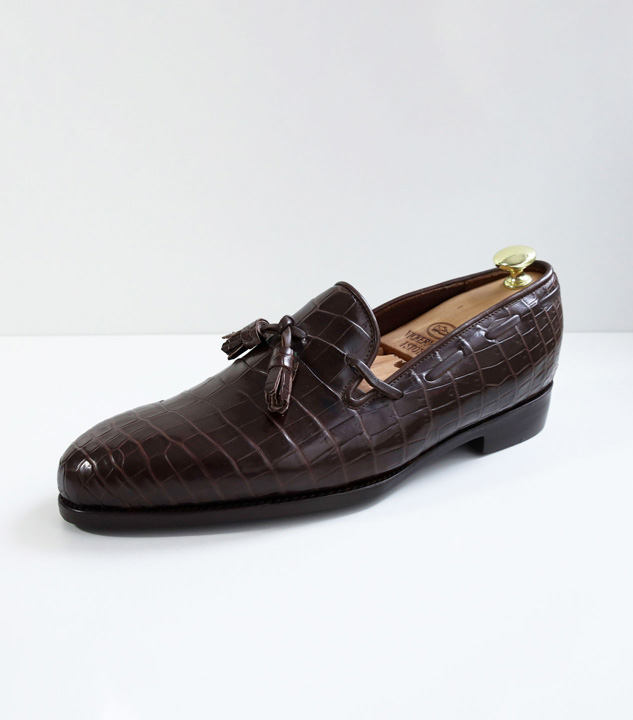
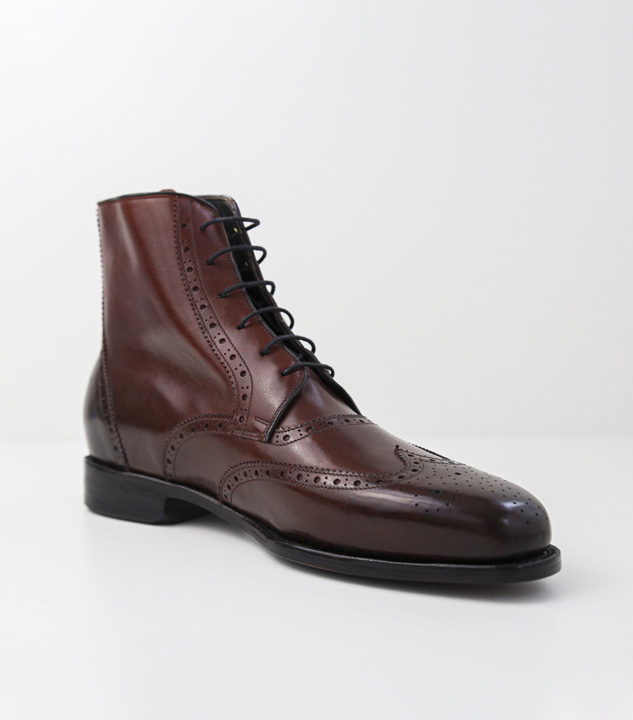


Talking about repair … at some point you founded »Shoe Doc« as well. What is this brand all about?
Over the years, the repair requests from our made-to-measure customers have also extended to shoes that did not come from our manufactory. This suddenly developed into such a large volume that we spun off our own service unit and offer our repair services nationwide under the Shoe Doc brand. No matter where our customers live, they can conveniently enter their repair requests online, send their shoes to us in Baden-Baden and get them back quickly and safely.
In addition, we are currently working on a cooperation with a shoe manufacturer for whom we will handle all complaints in the future. This means service security for the manufacturer and guaranteed customer satisfaction. We are pleased that with Shoe Doc we have found and filled exactly the gap that has arisen due to the increasing loss of regional shoemakers.
But it didn’t stop with Shoe Doc. You are also part of a special project in Maastricht. Could you briefly explain it?
I am involved in a three-year project at the University of Maastricht, which aims to research optimal leather substitute materials. Natural leather has about seven basic properties such as feel, water resistance, breathability and others. However, leather substitutes currently available on the market, usually only manage to cover two to three of these, and that is not enough.
In addition, vegan leather substitutes are marketed as environmentally friendly and organic but are ultimately produced on a petroleum basis and are not compostable. So, this is the wrong approach. Accordingly, you have to think things through completely, and that’s where I come in with my know-how.
Back to your manufactory. Please tell us a bit more about the other articles that are produced in the manufactory itself.
If you deal with leather every day like we do, then the step to other items such as wallets or weekenders is not far away. They can also be found in our web shop, among others.
But in our shop in Merkurstraße we also offer more. Here you can find handmade leather gloves by Thomas Riemer from Vienna and precious unique items by the luxury umbrella manufacturer Francesco Maglia.
In addition, together with the Stuttgart-based tailor Ulrike Mayer, we organise trunk shows every second Wednesday of the month, where men can be completely dressed from head to toe.

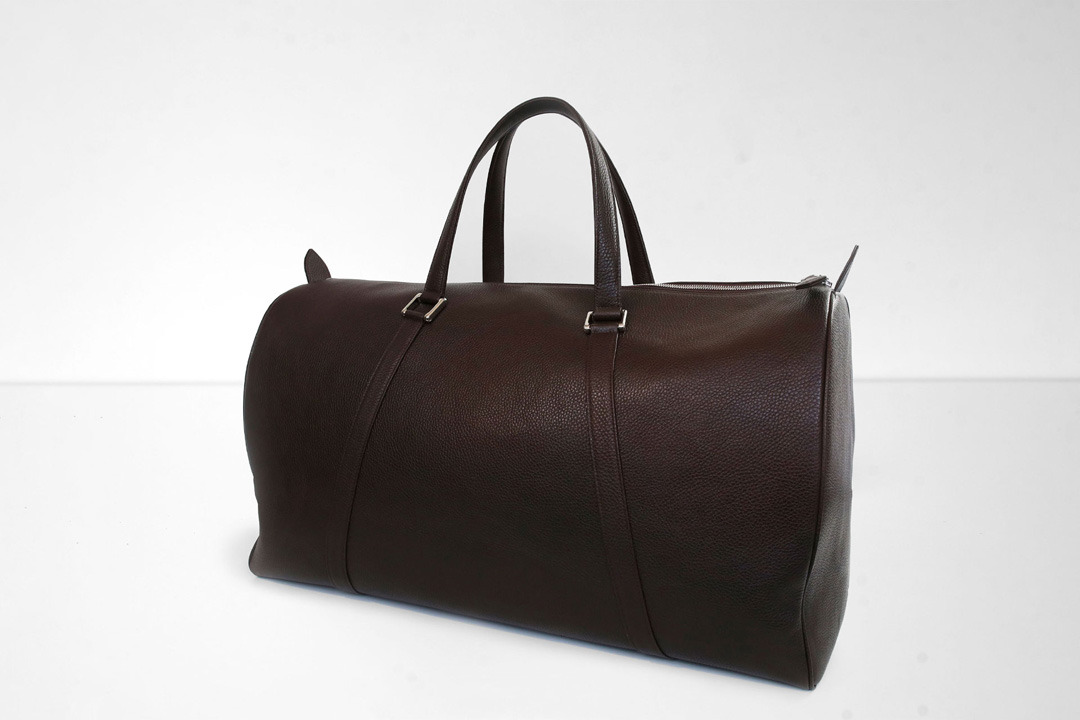
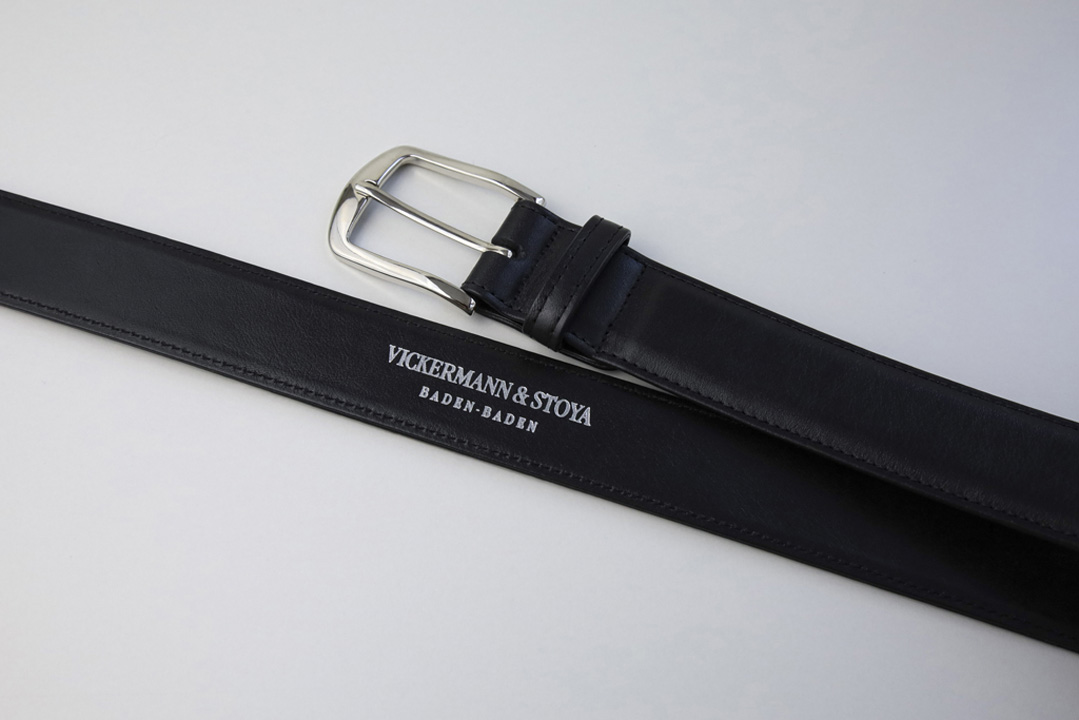
Many customers come to the manufactory in Baden-Baden, but you also sometimes travel to the customers. In which cities and regions are you on the road?
Currently, I am on the road in the area of Cologne and Düsseldorf and on site at the Schlosshotel Bensberg, where clients can meet me on certain days. Another location is Zurich. There, I am regularly available to our clients at the Club Baur au Lac.
What are your plans for the future?
First of all, we want to maintain everything we have built up and expand it with a sense of proportion. We also want to ensure that even more customers come directly to us in the manufactory in the future.
After all, Baden-Baden is always worth a visit. I am also writing a book right now which will present the fascinating spectrum of Baden-Württemberg manufactories. From the manufacture of musical instruments to custom-made spectacles.
I think it’s time to regain a clear focus on the beautiful things that are right on our doorstep. I’m looking forward to that right now, because otherwise, and you know me, I’ll get bored quickly (smiles).
Thank you, Matthias!


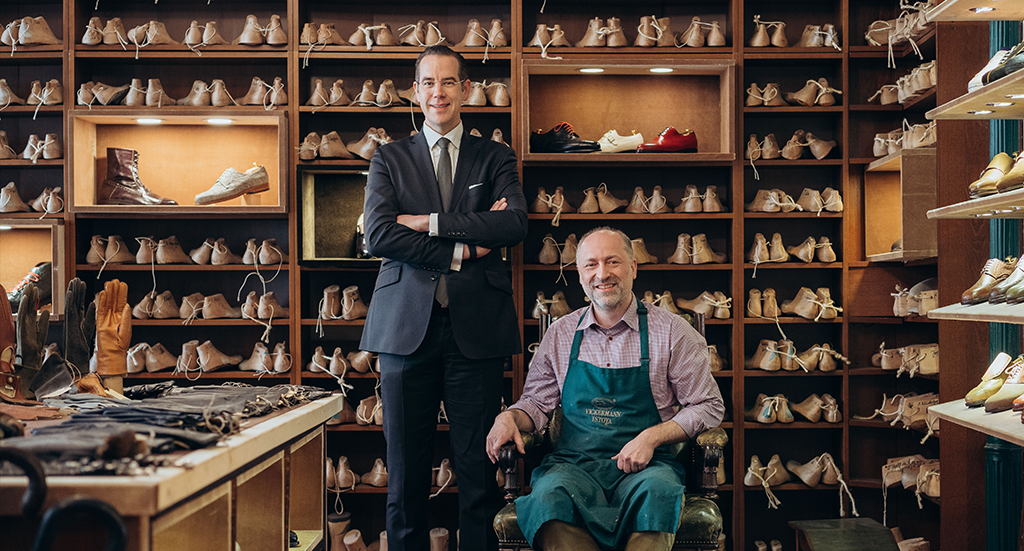
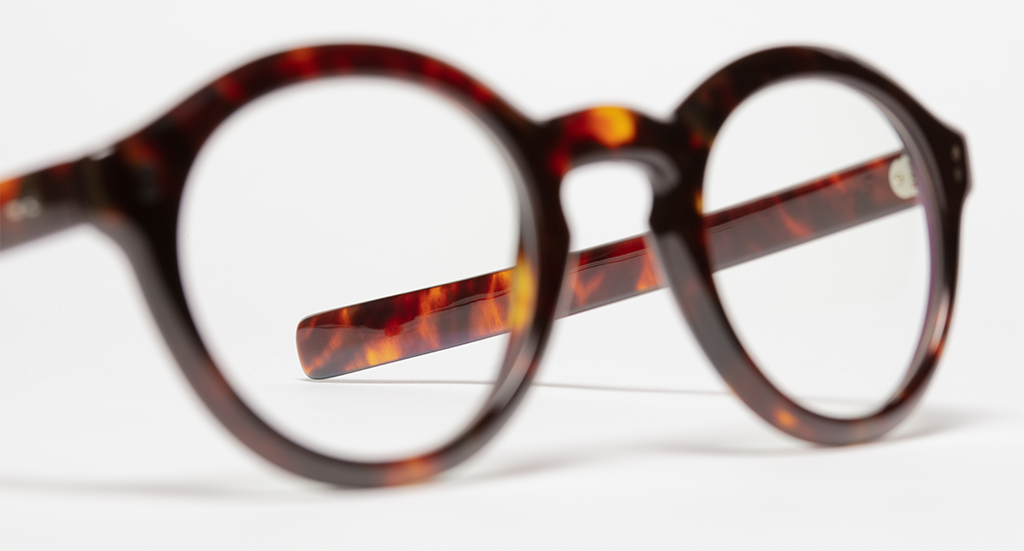
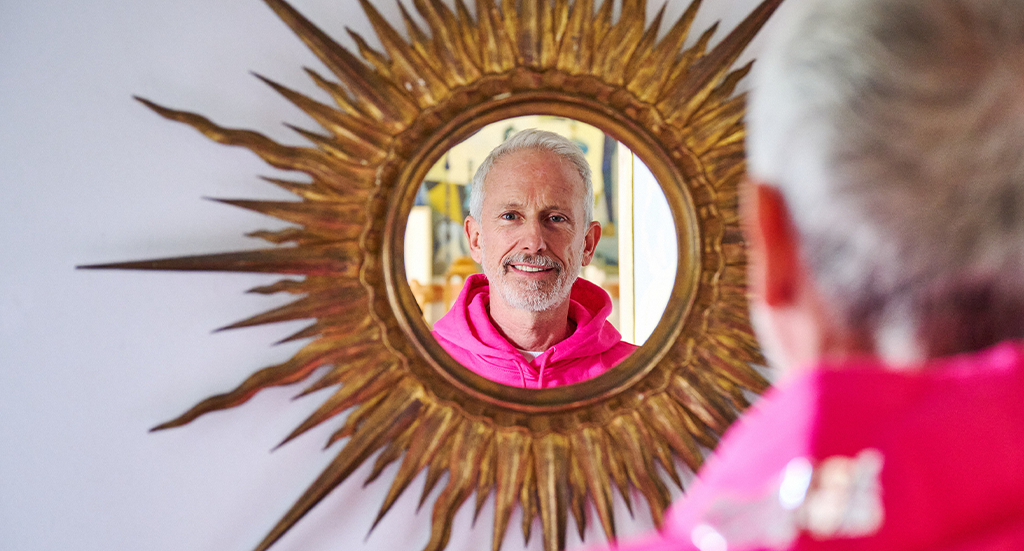
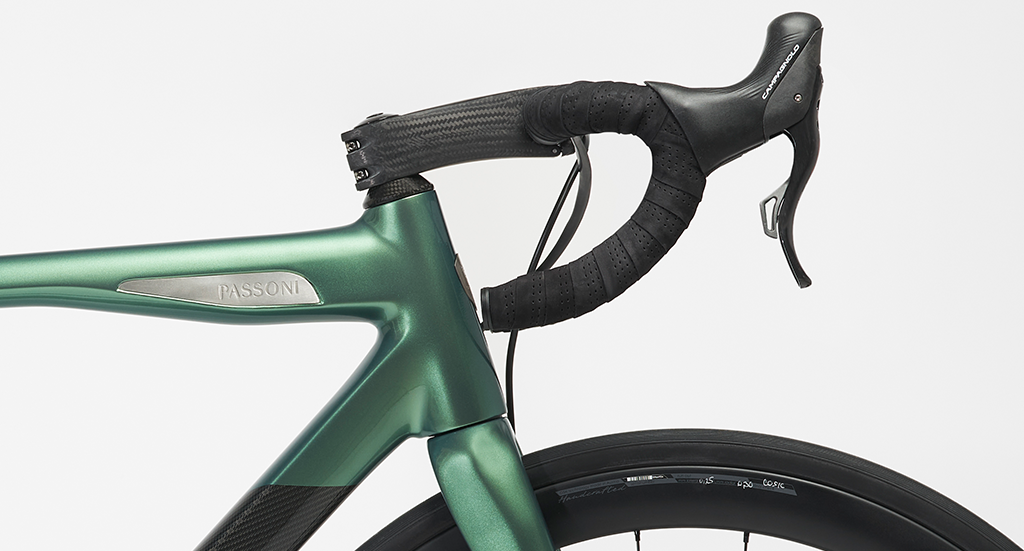
Join our Community